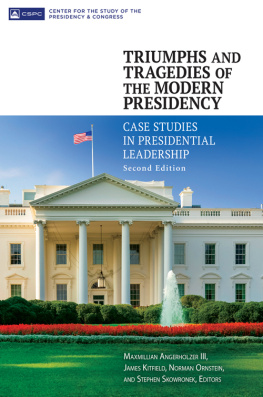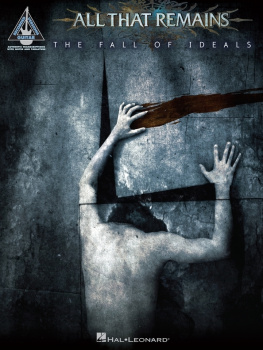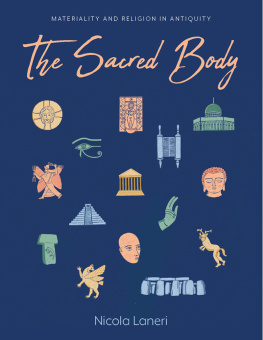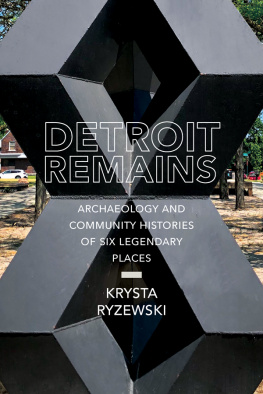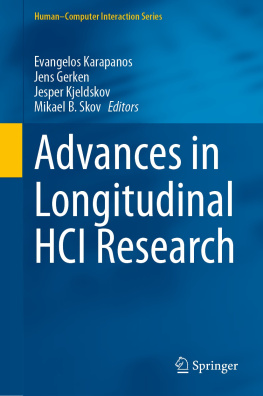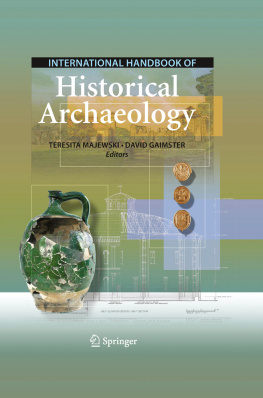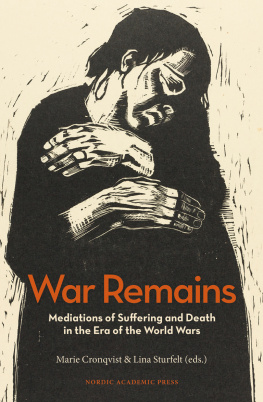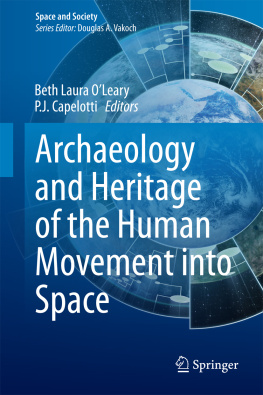
Public Uses of Human Remains and Relics in History
The principal theme of this volume is the importance of the public use of human remains in a historical perspective. The book presents a series of case studies aimed at offering historiographical and methodological reflections and providing interpretative approaches highlighting how, through the ages and with a succession of complex practices and uses, human remains have been imbued with a plurality of meanings. Covering a period running from late antiquity to the present day, the contributions are the combined results of multidisciplinary research pertaining to the realities of the Italian peninsula, hitherto not investigated with a long-term and multidisciplinary historical perspective.
From the relics of great men to the remains of patriots, and from anatomical specimens to the skeletons of the saints: through these case studies the scholars involved have investigated a wide range of human remains (real or reputed) and of meanings attributed to them, in order to decipher their function over the centuries. In doing so, they have traversed the interpretative boundaries of political history, religious history and the history of science, as required by questions aimed at integrating the anthropological, social and cultural aspects of a complex subject.
Silvia Cavicchioli is Researcher of Contemporary History at the University of Turin.
Luigi Provero is Full Professor of Medieval History at the University of Turin.
Routledge Approaches to History
Cowrie Shells and Cowrie Money
A Global History
Bin Yang
A Personalist Philosophy of History
Bennett Gilbert
Historical Parallels, Commemoration and Icons
Edited by Andreas Leutzsch
Historians Without Borders
New Studies in Multidisciplinary History
Edited by Lawrence Abrams and Kaleb Knoblauch
Leopold von Ranke
A Biography
Andreas D. Boldt
Teleology and Modernity
Edited by Dan OBrien, Marius Turda, David Ohana and William Gibson
Historia Ludens
The Playing Historian
Edited by Alexander von Lnen, Katherine J. Lewis, Benjamin Litherland and Pat Cullum
The Aesthetics of History
Alun Munslow
Public Uses of Human Remains and Relics in History
Edited by Silvia Cavicchioli and Luigi Provero
For more information about this series, please visit: www.routledge.com/Routledge-Approaches-to-History/book-series/RSHISTHRY
Public Uses of Human Remains and Relics in History
Edited by Silvia Cavicchioli and Luigi Provero
First published 2020
by Routledge
52 Vanderbilt Avenue, New York, NY 10017
and by Routledge
2 Park Square, Milton Park, Abingdon, Oxon, OX14 4RN
Routledge is an imprint of the Taylor & Francis Group, an informa business
2020 Taylor & Francis
The right of Silvia Cavicchioli and Luigi Provero to be identified as the authors of the editorial material, and of the authors for their individual chapters, has been asserted in accordance with sections 77 and 78 of the Copyright, Designs and Patents Act 1988.
All rights reserved. No part of this book may be reprinted or reproduced or utilised in any form or by any electronic, mechanical, or other means, now known or hereafter invented, including photocopying and recording, or in any information storage or retrieval system, without permission in writing from the publishers.
Trademark notice: Product or corporate names may be trademarks or registered trademarks, and are used only for identification and explanation without intent to infringe.
Library of Congress Cataloging-in-Publication Data
Names: Cavicchioli, Silvia, 1971 editor. | Provero, Luigi, editor.
Title: Public uses of human remains and relics in history / edited by Silvia Cavicchioli and Luigi Provero.
Description: New York : Routledge, [2020] | Series: Routledge approaches to history ; vol 32 | Includes bibliographical references and index.
Identifiers: LCCN 2019035527 (print) | LCCN 2019035528 (ebook) | ISBN 9780367272722 (hardback) | ISBN 9780429295904 (ebook) | ISBN 9781000751864 (adobe pdf) | ISBN 9781000751994 (mobi) | ISBN 9781000752120 (epub)
Subjects: LCSH: Human remains (Archaeology)Italy. | RelicsItaly. | BurialItalyHistory. | TombsItalyHistory.
Classification: LCC CC79.5.H85 P84 2020 (print) | LCC CC79.5.H85 (ebook) | DDC 930.10937dc23
LC record available at https://lccn.loc.gov/2019035527
LC ebook record available at https://lccn.loc.gov/2019035528
ISBN: 978-0-367-27272-2 (hbk)
ISBN: 978-0-429-29590-4 (ebk)
Typeset in Sabon
by Apex CoVantage, LLC
Contents
Silvia Cavicchioli and Luigi Provero
PART I
Norm and Praxis in Late Antiquity
Andrea Nicolotti
Maria G. Castello
PART II
Cults, Circulations and Battles for Relics
Francesco Paolo de Ceglia
Paolo Cozzo
Emanuele DAntonio
Mauro Forno
PART III
Collective Spaces of Death
Luigi Provero
Diego Carnevale
Natale Spineto
PART IV
Public Uses of Human Remains Between Politics, Religion and Science
Luca Addante
Simone Baral
Silvia Cavicchioli
Silvano Montaldo
Maria Teresa Milicia
Silvia Cavicchioli and Luigi Provero
Human Remains From Antiquity to the Contemporary Age
The relationship between the living and the dead is central in any historical context: human remains weigh on and affect the world of the living, who as a result work and fight for control over bodies and burial places. Venerated, collected and studied, or else repudiated, forgotten and rediscovered, human remains and relics ensure a continuity with the past, and in some contexts receive new force and efficacy.1 As has recently been noted, in their physicality relics are only contingent material objectifications of ideas and gestures endowed with their own specific and historicised genealogies.2 There is therefore a basic tension which arises from the desire to manage and manipulate the meanings of these remains, the past and the history which they convey.
In the West, over the centuries the preservation of human remains and the veneration of relics have been most widespread in the religious sphere, in the awareness of a continuation of life after death.3 In similar ways political authority has resorted to using human remains of the past to root and legitimise its strength, and to propagate its prestige.4 Secular power then created its own relics, enabling the processes of transferring sacredness from the religious to the political level. These re-semantifications appear very evident from the French Revolution onwards and then throughout the contemporary era, in the Italian case giving rise to extremely interesting case studies during Fascism.5
In this volume we consider a broad notion of human remains, not necessarily celebrated or venerated. The object of our investigation in fact encompasses a diversity of human remains (real or imagined), such as those of saints (not least the crucified body of Jesus), of kings and of famous people, as well as unidentified corpses. And that diversity has a vast range of components, different in substance and in nature: whole bodies and parts of them, and even so-called contact relics. The research collected here intends to reconstructthanks to its significant number of case studiesthe complexity of the cults of veneration, the symbols they generated, and also the religious, political, commemorative and scientific uses assigned to them in different historical periods.



